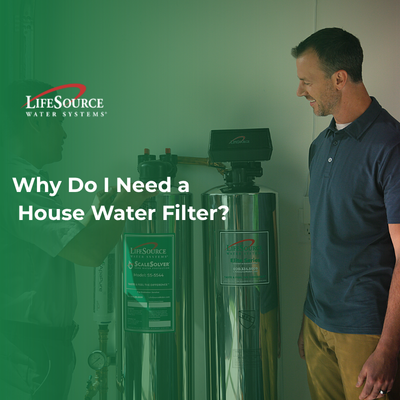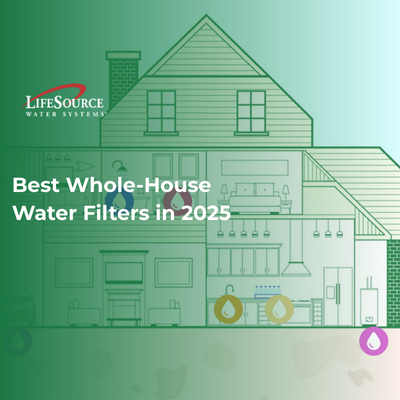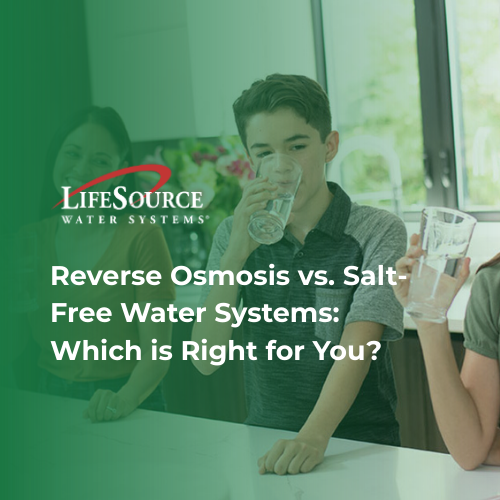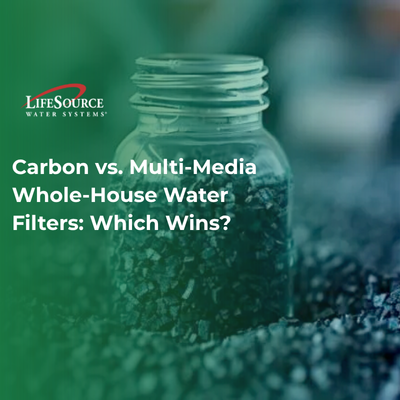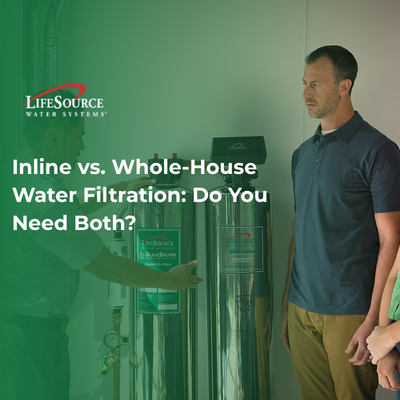
Let’s break down the certifications…and what they mean.

The following organizations have laboratories that have been accredited by the ANSI/NSF. Their laboratories offer certifications for water filtration systems.
- NSF International: Their focus is on developing “public health standards and certifications that help protect food, water, consumer products and the environment.” (http://info.nsf.org/Certified/DWTU/)
- International Association of Plumbing and Mechanical Officials (IAPMO): IAPMO was founded in 1929 and started the Energy Star and Water Sense programs, which create guidelines for energy and water conserving products. (http://pld.iapmo.org/)
- Water Quality Association (WQA): WQA is a non-profit organization founded in 1974. They created the Gold Seal Certification Program. (https://www.wqa.org/find-products#/)
- Underwriters Laboratories (UL): UL has been around since 1894 and offers a wide range of services revolving around helping companies with “the responsible design, production, marketing and purchase” of their “goods, solutions, and innovations.” (http://database.ul.com/cgi-bin/XYV/template/LISEXT/1FRAME/index.html)

Great question! I thought I could look water filtration systems up on the ANSI/NSF website. But turns out, the only way to really know for sure if a water filtration system is certified is by visiting the website of the laboratory responsible for the actual testing and certification. Each lab has its own list of all the water filtration systems that they have tested and certified. I included a link to each ANSI accredited laboratory’s website above.
It can get a little overwhelming researching a water filtration system. So, to make it a little easier, here is a breakdown of the main NSF/ANSI Standards for water filtration and reverse osmosis systems:
ANSI/NSF 61: Drinking Water System Components – Mechanics & Structure
This covers the structural integrity and safety of a water filtration system. This also includes the materials the system is made from - sealing materials, plumbing devices, mechanical devices, etc.
ANSI/NSF 42: Drinking Water Treatment Units - Aesthetic Effects
This covers water taste and odor. This test for the reduction of “chlorine (taste and odor), chloramines, iron, manganese, hydrogen sulfide, pH neutralization and zinc reduction.”
ANSI/NSF 53: Drinking Water Treatment Units - Health Effects (P.O.U)*
This covers heavy metals (like arsenic, copper and lead), in-organics (fluoride and nitrate) and volatile organic chemicals.
ANSI/NSF 401: Emerging Compounds/Incidental Contaminants (P.O.U.)*
This covers a water treatment’s ability to filter out up to 15 individual contaminants contained in Prescription Drugs, Over-the-Counter Medications, herbicides and Pesticides. Though not technically considered a public health issue, these contaminants are still detected in some drinking water.
ANSI/NSF 58: Reverse Osmosis Drinking Water Treatment Systems (P.O.U.)*
This covers all material and structural safety for R.O. Systems. As well as addresses things like arsenic and lead reduction.
*Point of Use (P.O.U.): the point at which water is being used. For water filtration systems this means, systems that are installed at a single water connection, like a sink or shower head. All R.O. systems are P.O. U. systems.

Turns out all laboratories that test and certify water filtration systems use the same ANSI/NSF standards. So, if doesn’t really matter which ANSI/NSF accredited laboratory tests and certifies the filtration system. BUT, it’s still important to…
- Do your research! Make sure your water filtration system is certified by an ANSI/NSF accredited lab (like the ones listed above).
- Double check that your water filter is listed as tested and certified by visiting the certified laboratory’s website.
Remember, if a filtration system claims to have tested and certified “components,” that only refers to individual parts of the system. This does not necessarily mean the filtration system as a whole has been tested and certified. For example, the tank for a system by be tested and certified, but not the piping or other components that contribute to the filtration process.


